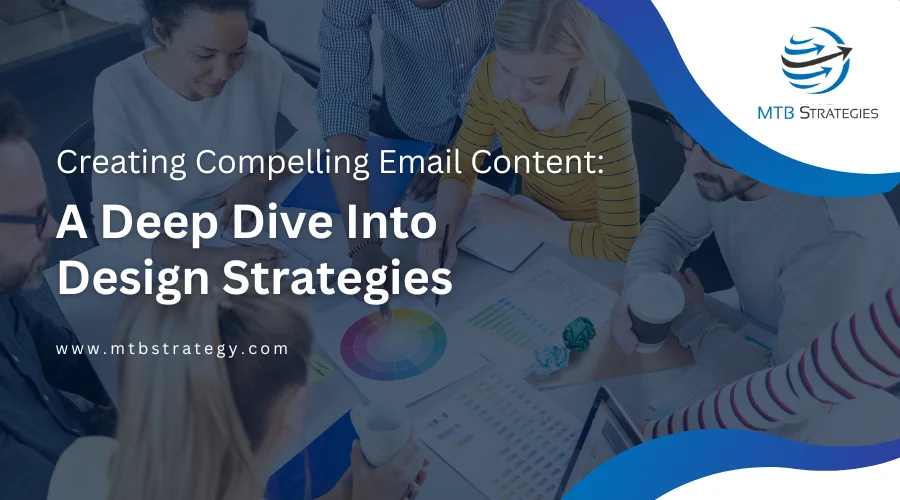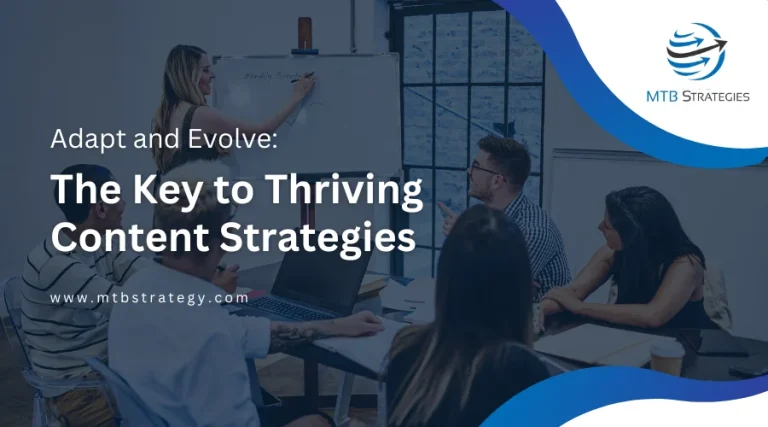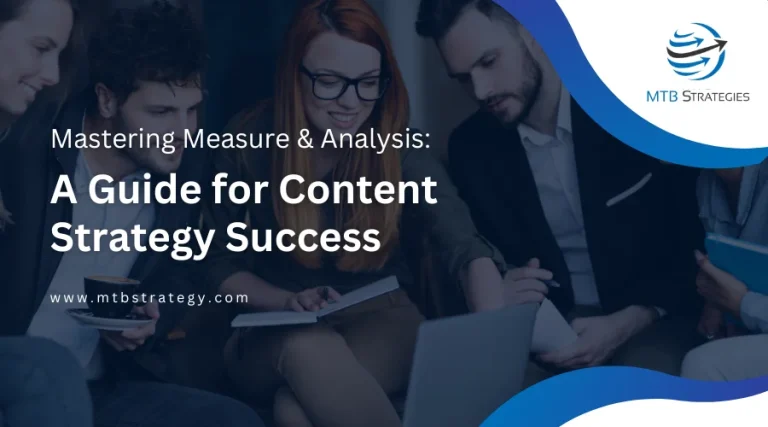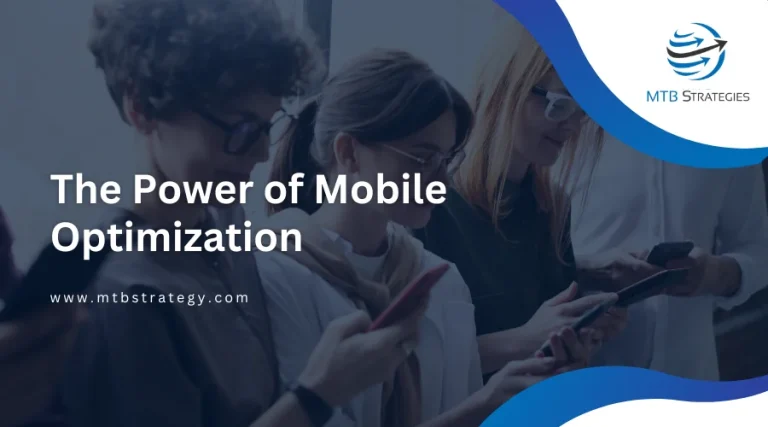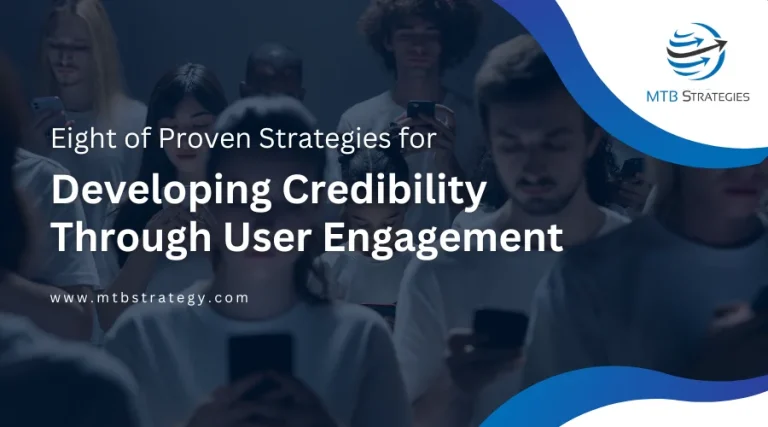In today’s fast-paced digital landscape, creating email content that stands out is part art, part science. It takes creativity, strategic thinking, and an understanding of how users interact with content across devices. This guide explores essential strategies for designing attention-grabbing emails — from responsive design to impactful visuals and smart A/B testing.
Why Email Design Still Matters in 2025
Email remains one of the highest-performing marketing channels, with ROI averaging $36 for every $1 spent. But with crowded inboxes and shrinking attention spans, only well-designed emails get noticed — and acted on.
So how do you rise above the noise?
Let’s dive into the key components of compelling email design.
1. Responsive Design for a Multi-Device World
In 2025, over 70% of emails are opened on mobile devices. If your email doesn’t render well on a smartphone, it’s unlikely to be read at all.
Responsive design ensures your emails look great and function properly across desktops, laptops, tablets, and mobile phones.
Best Practices for Responsive Email Design
📱 Mobile-First Approach
Design with smaller screens in mind first. Prioritize clarity, speed, and single-column layouts to accommodate thumb-friendly navigation.
🔄 Fluid Grids & Flexible Images
Use percentage-based widths and scalable images that adjust smoothly to different screen sizes without distortion or cutoff.
🔠 Readable Fonts
Stick with web-safe fonts and use sizes of at least 14–16px for body text. Avoid cramming too much text into small areas.
✅ Test Across Devices & Clients
Use tools like Litmus or Email on Acid to preview your design across dozens of devices and email clients to ensure consistency.
2. Visual Elements That Drive Engagement
Visuals are the first thing users notice when they open an email. Great visuals help establish trust, reinforce your brand, and guide the reader toward your goal — whether it’s a click, a purchase, or a sign-up.
Key Visual Elements to Include
🖼️ Branded Header & Logo
Consistent use of your brand colors, logo, and style reinforces recognition and trust. Make it instantly clear who the email is from.
📷 High-Quality Imagery
Use relevant, high-resolution images that support your message. Lifestyle photography, product visuals, and illustrations work well — just make sure they load fast.
🎯 Clear Call-to-Action (CTA)
Make your CTA buttons bold and easy to find. Use action-oriented language like “Shop Now,” “Learn More,” or “Book Your Spot.” Color contrast and placement are key to improving click-through rates.
🧘♀️ Whitespace & Balance
Avoid visual clutter by spacing out text and images. Let your design breathe so readers can focus on what matters.
📐 Hierarchy & Flow
Design with intentional flow. Use size, color, and placement to draw attention to key areas in the order you want them viewed.
3. A/B Testing: Fine-Tuning for Better Results
Great email design isn’t one-size-fits-all. What resonates with one audience may flop with another. That’s where A/B testing comes in — allowing you to experiment with different design elements to see what drives the best performance.
What to A/B Test in Your Email Designs
📝 Subject Lines & Preheaders
Test length, tone, emojis, personalization, and urgency to see what improves open rates.
🧲 CTA Buttons
Try different wording (“Download Now” vs. “Get the Guide”), colors, and placement to optimize clicks.
📦 Visual Placement
Compare designs where the product image is above the fold vs. below. Sometimes subtle shifts in layout dramatically change engagement.
📋 Email Copy Length & Style
Try short vs. long-form content, direct vs. conversational tone, or feature-led vs. benefit-led messaging.
🧪 Device Responsiveness
Test rendering across devices and email clients. Don’t assume one version fits all — test and optimize.
Bonus Tips for Email Design Success
💡 Use Alt Text
Always include descriptive alt text for images, especially for audiences using screen readers or with image loading turned off.
🔗 Limit Links
Too many clickable elements can dilute focus. Keep CTAs focused and drive users toward one primary action.
📥 Clean, Minimal Code
Avoid bloated HTML or unnecessary inline styles. Clean code improves load times and deliverability.
🔄 Update Templates Regularly
Don’t let your emails feel stale. Refresh layouts seasonally or when engagement starts to drop.
Final Thoughts: Design With Purpose
Compelling email design in 2025 is about more than aesthetics. It’s about guiding your audience — from subject line to CTA — with clarity, consistency, and a great user experience across every device.
By mastering responsive design, using powerful visuals, and refining your layout through A/B testing, you’ll be better equipped to cut through the clutter and drive meaningful action from your email list.
Remember: every element in your email has a job. Make sure it earns its keep.

